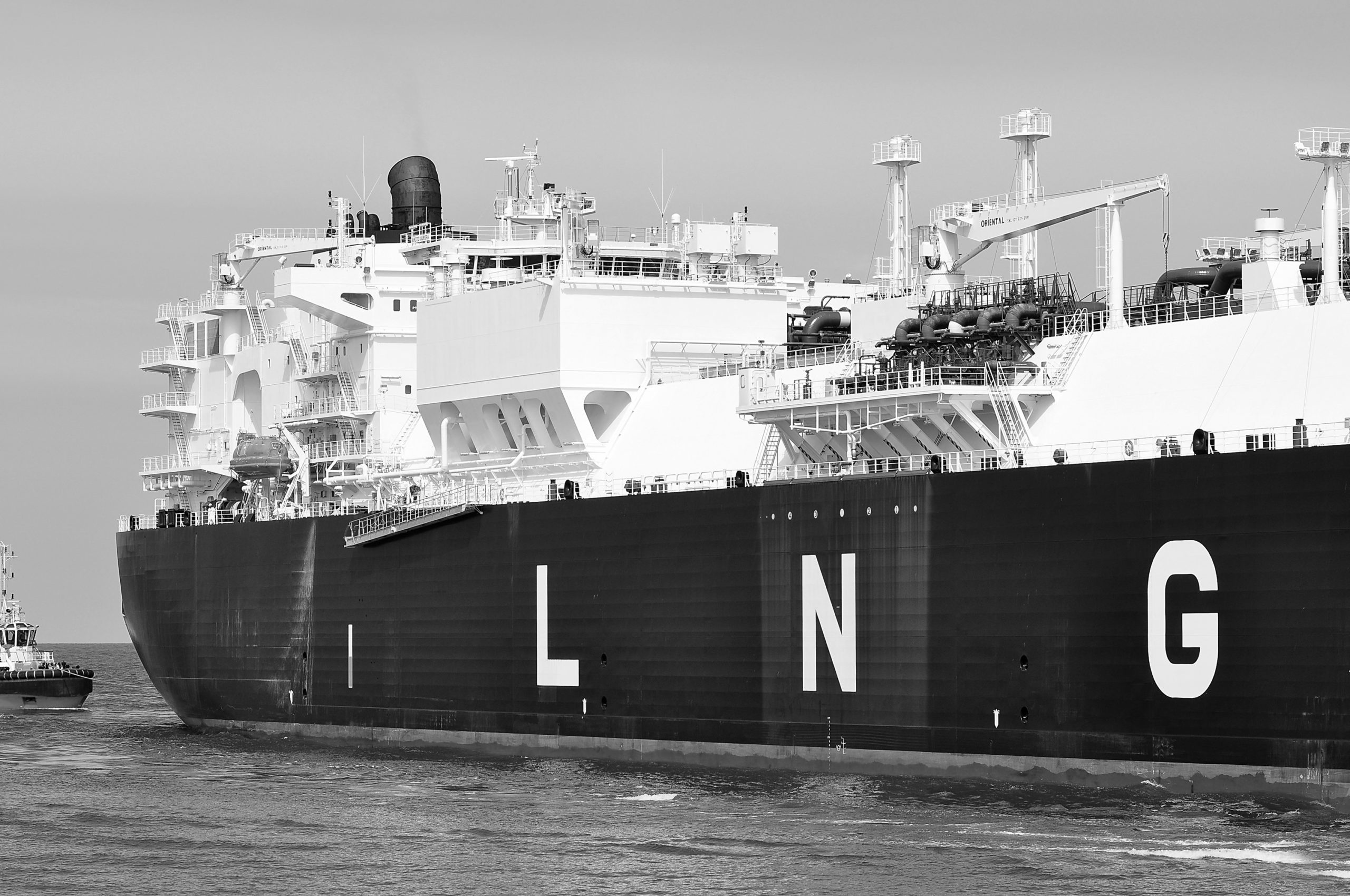Floating Storage and Regasification Units (FSRU) combine the key elements of an LNG vessel and regas terminal in a single unit. This can significantly reduce the capex costs and lead times for connecting LNG to new markets or access points. It also adds commercial flexibility that is increasing in value as the LNG market evolves.
The emergence of FSRU
The FSRU business started relatively recently in 2001 when El Paso contracted with Excelerate Energy to build the first such vessel for the Gulf Gateway project. FSRUs are closely related to standard LNG vessels. But they have additional equipment to regasify the cargo and send it out onto customer or gas networks.
For several years FSRUs remained a relatively niche opportunity. But more recently there has been a significant pick up in deployment of the technology as costs and capability have been optimised and FSRU units are being used to access new markets.
FSRU fleet size
The global FSRU fleet currently consists of approximately 30 vessels. In addition there is an order book of 6 vessels to be delivered by 2020, with options on another 10.
The first FSRUs were based on nominal 130,000 m3 LNG tankers with send out rates of 2-3 mtpa. However the more recent vessels are larger – typically 173,000 m3 with send out rates up to 6 mtpa. The FSRUs currently under construction provide the same full processing capability as land based terminals including full boil-off gas management facilities using recondensers.
The three key reasons supporting investment in FSRUs are summarised in Table 1.
